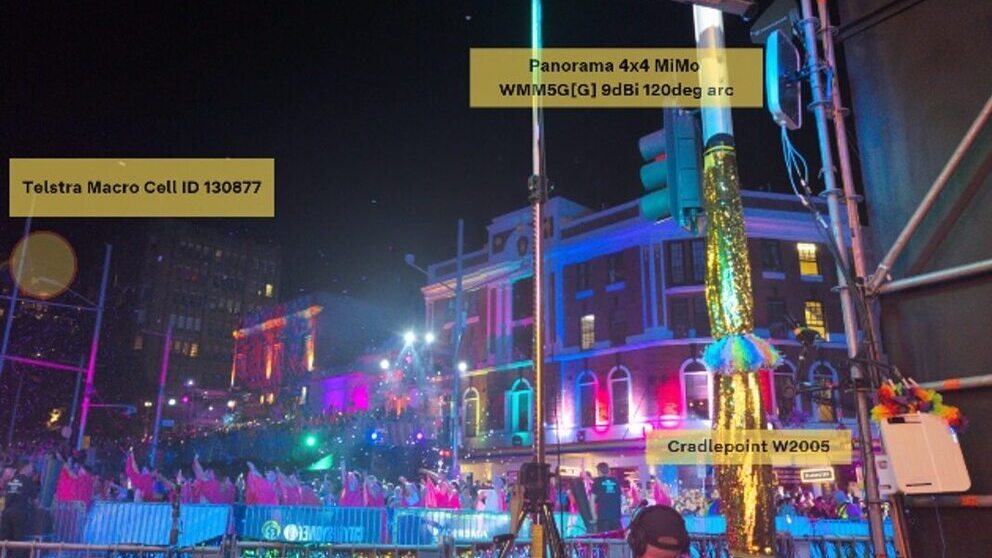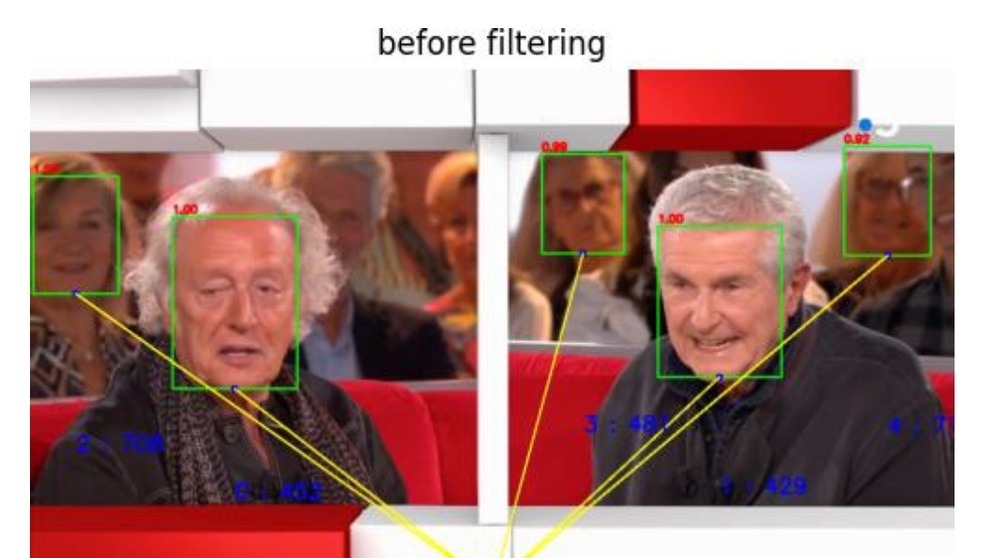This paper provides seamless service discovery (using DVB-I) with the delivery options of 5G (5G broadcast, 5G Media Streaming or hybrid).
Prior to COVID, DVB ran an internal study item on the relation of 5G and DVB. The main conclusion from this study was, that DVB should view 5G as an opportunity rather than threat and identify commercially and technically relevant synergies and cooperation modes. Based on these findings, in March 2020 DVB initiated the creation of commercial requirements for mobile network operators (MNOs) and broadcast network operators (BNOs) for delivery of DVB-I over 5G. The work culminated in the publication of DVB Bluebook C100 on Commercial Requirements for DVB-I over 5G in July 2021. The major idea of the commercial requirements is shown in Figure 1. A DVB-I service layer including DVB-I service list offering, DVB-I content packaging using DVB-DASH and DVB-AVC, and possibly converted into a unidirectional IP multicast stream using DVB-MABR is delivered over 5G systems using the well-defined network reference points for 5G Broadcast and 5G Media Streaming (5GMS). Equivalently, on the receiver, the APIs are used to provide service offerings for a DVB-I client.
This paper discusses...
You are not signed in.
Only registered users can view this article.

IET announce Best of IBC Technical Papers
The IET have announced the publication of The best of IET and IBC 2024 from IBC2024, once again showcasing the groundbreaking research presented through the papers. The papers have been selected by IBC’s Technical Papers Committee for being novel, topical, analytical and well-written and which have the potential to make a significant impact upon the media industry. 327 papers were submitted this year, and after a rigorous selection process this publication features the ten papers deemed by the judges to be the best.

Technical Papers 2024 Session: 5G Case Studies – public network slicing trials and striving for low latency
In this session from IBC2024, Telestra Broadcast Service and the BBC present their work 5G Case Studies as part of the IBC Technical Papers.

Technical Papers 2024 Session: AI in Production – training and targeting
In this session from IBC2024, three authors from NHK, Viaccess-Orca and European Broadcasting Union present their work on the application of AI to media production as part of the IBC Technical Papers.

Technical Papers 2024: Audio & Speech – advances in production
In this session from IBC2024, two authors present their work on Audio Description and implementing Audio Definition Model as part of the IBC Technical Papers.

Technical Papers 2024 Session: Advances in Video Coding – encoder optimisations and film grain
In this session from IBC2024, IMAX, MediaKind, Fraunhofer HHI and Ericsson present their work on video coding, as part of the IBC Technical Papers




